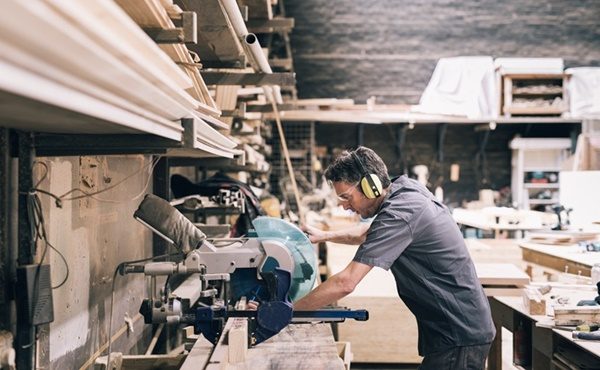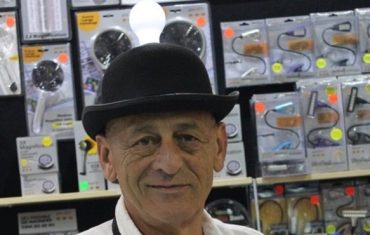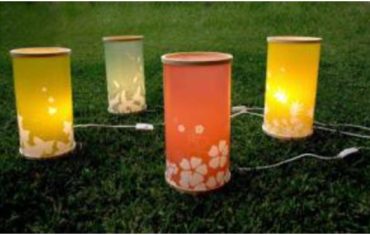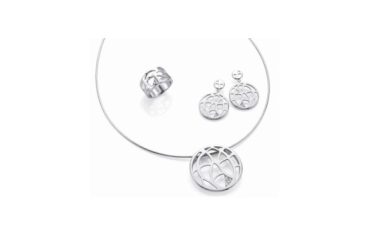As more and more Australians are looking for products that are locally made, it’s important to know what exactly makes a brand ‘Australian Made’.
While 90 per cent of Australians are more likely to purchase products that are Australian made, the definition of what an Australian brand is has been blurred in recent years.
Major brands such as Uncle Toby’s and Arnott’s are no longer 100 per cent Australian owned―while some of their contents may be produced and sourced locally, they are owned by foreign companies.
Under Australian Consumer Law, a product must be manufactured in Australia to be awarded with the ‘Australian Made’ branding. The prestige and image of business branding seems to heavily outweigh integrity and transparency, and this is an issue frequently being addressed by government bodies towards businesses across a variety of product categories, says Zvonko Jordanov, founder and managing director of G&M Cosmetics.
“We have seen a rise in companies and brands positioning themselves as Australian when in fact they are not,” he explains.
“They are using fake claims which ultimately damage the real Australian brands. They use the word ‘Australian’ in their packaging and advertisements excessively whilst they manufacture their products overseas. This deception creates mistrust of the Australian claims with consumers.
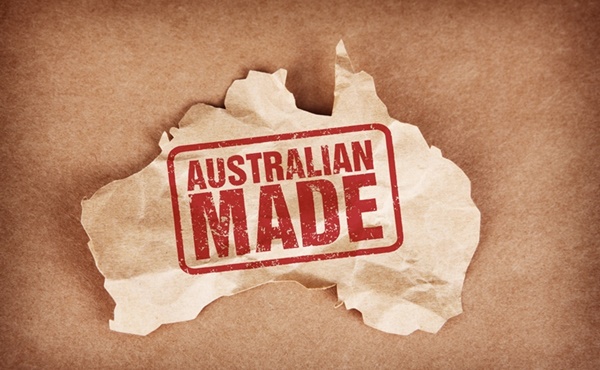
“Australian consumers like to support real Australian brands which are both made and owned by local companies. At G&M Cosmetics, we are an authentic Australian brand manufactured in our local facility in Sydney, and Australians working behind the scenes―it doesn’t get any more Australian than that,” he adds.
According to a 2016 Roy Morgan research report, there is an increasing demand among Australian consumers for authentic, premium-quality products that are made, owned and grown to Australia’s high standards .
“Almost all Australians confidently believe that products positioned as Australian are authentically Australian brands. It is important for businesses to act with integrity and honesty so that consumers are not misled and the concept of Fair Trade is being upheld throughout all industries that utilise Australian branding,” says Zvonko.
“We are also encouraging Australian retailers to get on board and support authentically Australian brands. It’s in the best interest of consumers that regulators, government bodies and industry groups should take more action when authenticating the validity of ‘Australian Brand’ and ‘Australian Made’ statements.”
How to recognise a genuine Australian product:
1 Carefully read the labels on the back of products. If it states, ‘Packed in Australia,’ or ‘Designed in Australia’ it does not necessarily mean it is ‘Made in Australia’.
2 If a product is manufactured in Australia it is Australian made.
3 If you are still not confident about the origin and authenticity of a product, reach out to a manufacturer directly.



